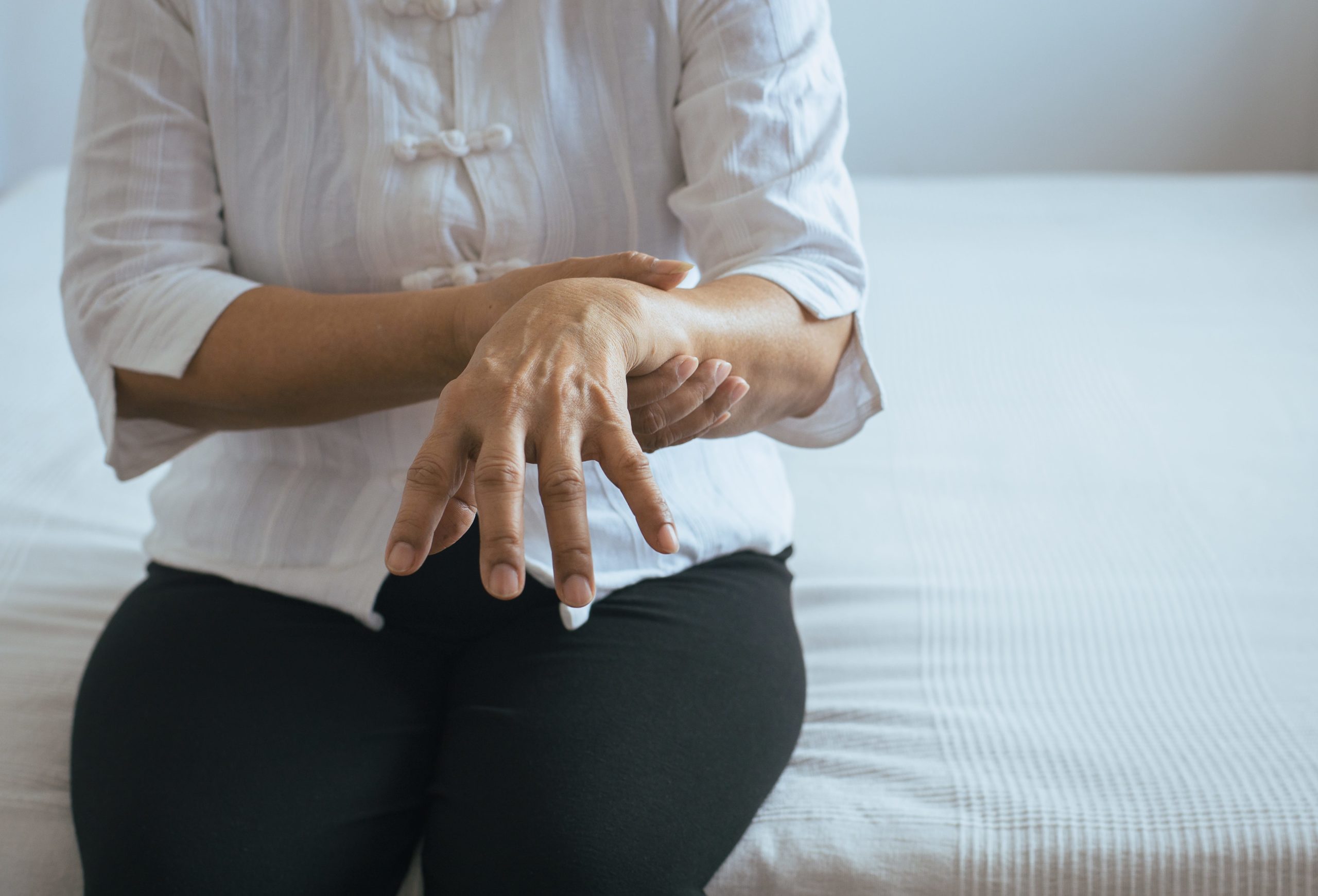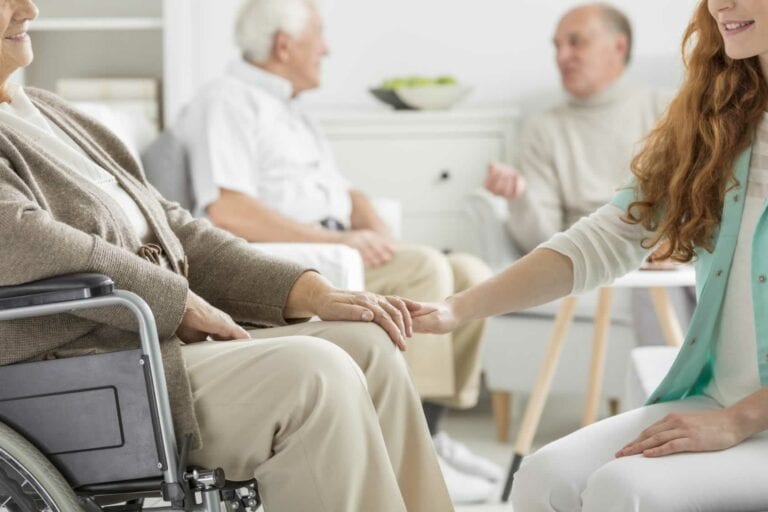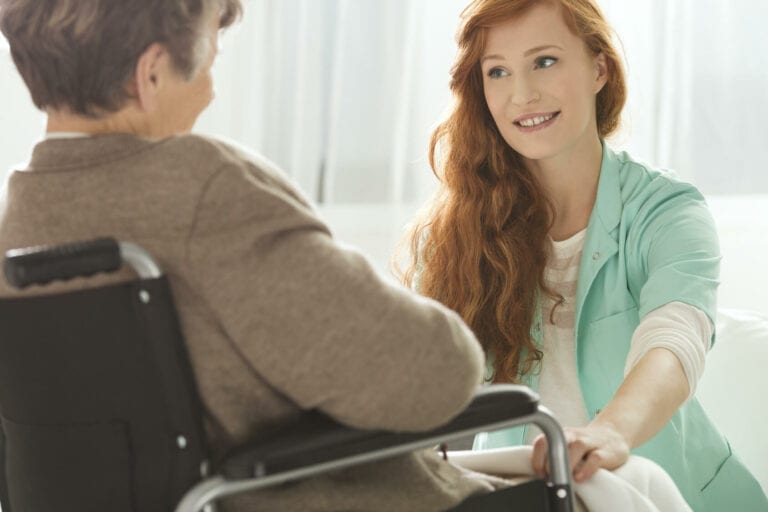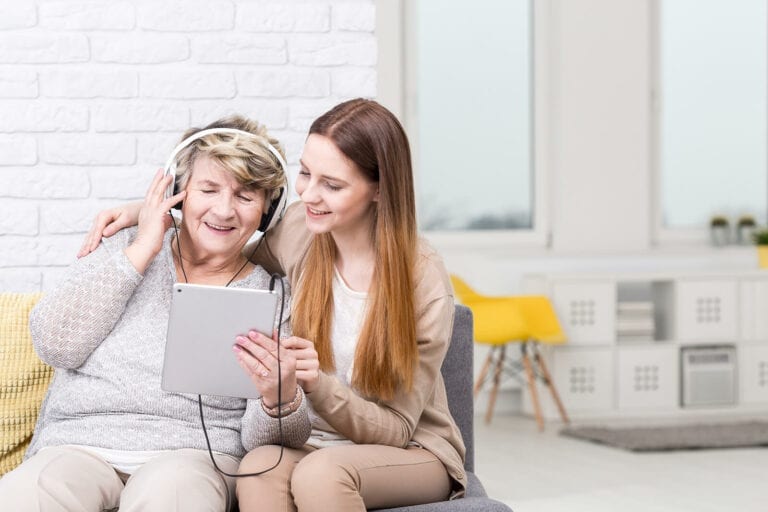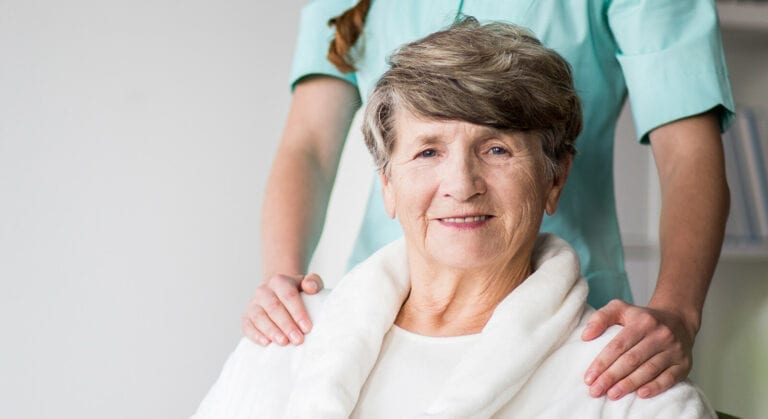Parkinson’s disease (PD) is a movement illness that affects an estimated one million people in the United States alone. You’ve certainly heard the phrase “Parkinson’s disease” (PD) before. For a better understanding of those who have this disease, read on to discover more about its causes, symptoms, treatment, and other aspects.
What is Parkinson’s?
Parkinson’s disease, a neurodegenerative condition, affects the dopamine-producing neurons in the substantia nigra, a particular region of the brain. Dopamine aids in the brain’s ability to govern movement, and its absence or reduction causes problems with mobility, tremors, and other symptoms.
What signs of Parkinson’s disease are there?
Typically, symptoms appear slowly over many years. The disease’s variability means that its manifestations will vary from person to person. The most typical signs are:
Tremor, which primarily affects the hands when at rest
- Bradykinesia, which refers to sluggish movement, and limb rigidity, which refers to tense arms and legs
- Issues with gait and balance, including unsteadiness and trouble balancing while walking
Why does Parkinson’s develop?
Although the exact etiology of Parkinson’s disease is still largely unclear, scientists think a mix of hereditary and environmental factors is most likely to be responsible.
Is there a cure for Parkinson’s disease?
Parkinson’s disease does not have a conventional treatment; rather, the course of action is determined by the patient’s symptoms. Medication, surgical treatments, and lifestyle changes including obtaining more rest and exercise are all possible forms of treatment.
Parkinson’s disease facts are here
Parkinson’s disease affects around one million people who are given the diagnosis each year. It affects more than 10 million individuals worldwide, and diagnoses affect persons over 50 in 96 percent of cases.
More problematic than motor symptoms can be non-movement problems. In addition to the tremor and balance symptoms that are associated with movement, most patients with PD also experience some non-movement symptoms, such as:
- Mood disorders include sadness, anxiety, apathy, or anger;
- Cognitive changes that can affect attention, planning, language, or memory;
- Fatigue;
- Hallucinations and delusions
- Dizziness;
- Sleep problems
Some early signs can develop, including:
- Tremor
- Changes in handwriting
- Loss of smell
- Touble sleeping
- Trouble moving
- Constipation
- Changes in your voice
- Changes in mood
- Dizziness
- Changes in posture
The four primary risk factors for Parkinson’s disease are as follows:
- Age – PD is uncommon in young adults. Symptoms in people under the age of 50 are quite rare, and it usually starts at the age of 60 or older.
- Heredity – Having a close relative who has Parkinson’s disease can raise the likelihood of having the disease, but the risk is still low unless you have a large number of PD-affected relatives.
Males are 1.5 times as likely as women to get Parkinson’s disease.
Environmental Factors:
Chemicals, poisons, and head traumas are all thought to raise the incidence of Parkinson’s disease (PD).
When it comes to controlling mobility impairments caused by Parkinson’s disease, exercise is essential. According to studies, those with symptoms who started working out at least 2.5 hours per week reported a higher quality of life.
People with Parkinson’s disease (PD) can engage in a variety of low-impact workouts, such as tai chi, yoga, Pilates, dance, weight training, walking, and more.
A team approach should be used to treat Parkinson’s.
Given that the same person may experience a variety of symptoms, it’s critical to receive the finest care possible from nutritionists to physical, occupational, and speech therapists.
Parkinson’s disease patients can lead very fulfilling lives.
Although there is no one-size-fits-all method to controlling Parkinson’s, persons with the disease can find the optimal combination of medicine, surgery, and lifestyle to help them lead the best possible lives through trial and error.
Home Care Options
It’s crucial to take financial choices into account as you and your family assess your long-term care requirements. Medicare, Medicaid, private insurance, and personal assets can all be used to pay for home care choices. It’s crucial to enquire about the forms of payment the office employees will accept while appraising residences. Below is a list of some of the financing possibilities:
- Medicare covers all 65-year-old Americans. Most hospital care is covered regardless of income, but home care is limited.
- Medicaid is a combined federal/state health insurance program that provides medical treatment to low-income Americans who meet specific standards. Medicaid covers home care, although state eligibility and services differ.
Private long-term care insurance supplements Medicare.
Private long-term care insurance policies differ. Each policy has eligibility, restrictions, prices, and benefits.
What Should a Home Facility Have?
This checklist will assist your family to evaluate properties. Study the checklist before visiting the institution. Bring this checklist.
Facility
- Does the home offer skilled or intermediate care?
- Is it licensed?
- Is the administrator licensed?
- Does the home fulfill state fire rules (including sprinklers, fire-resistant doors, and an evacuation plan)?
- What are the visiting hours?
- What about insurance and personal property?
- How do you handle medical emergencies?
- Is the residence Medicare-licensed?
Admission
- Is there a waiting period for admission?
- What are the admission requirements?
Fees and Financing
- Are fees competitive?
- Are fees rising?
- Is the fee structure clear?
- What are billing, payment, and credit policies?
- Are service levels or categories priced differently?
- Is billing and accounting clear?
- Does the home list what’s included in the listed price and what’s extra?
- Are Medicare, Medicaid, Medicare Supplemental Insurance, Supplemental Security Income, and others accepted?
- How do contracts end? Refund policy?
Services
- Can employees assist with ADLs 24/7? Daily tasks:
- Dressing
- Eating
- Getting around
- Hygiene and grooming
- Bathing, toileting, and incontinence
- Using the telephone
Foodservice
- Is there three nutritionally sound meals served every day, seven days a week, in the home?
- Is the food good, piping hot, and enticing?
- Are snacks offered?
- Can a resident ask for particular foods?
- Is water for drinking always available?
- Do residents have access to communal dining areas or do they eat in their rooms?
- Are there scheduled mealtimes, or can meals be served whenever the person wants them?
- What policies apply to special diets?
- Is support offered to residents who require aid with eating?
Home Care Near Me Let’s Get Started!
Get Immediate Help with Information, Costs & Payment Options.

